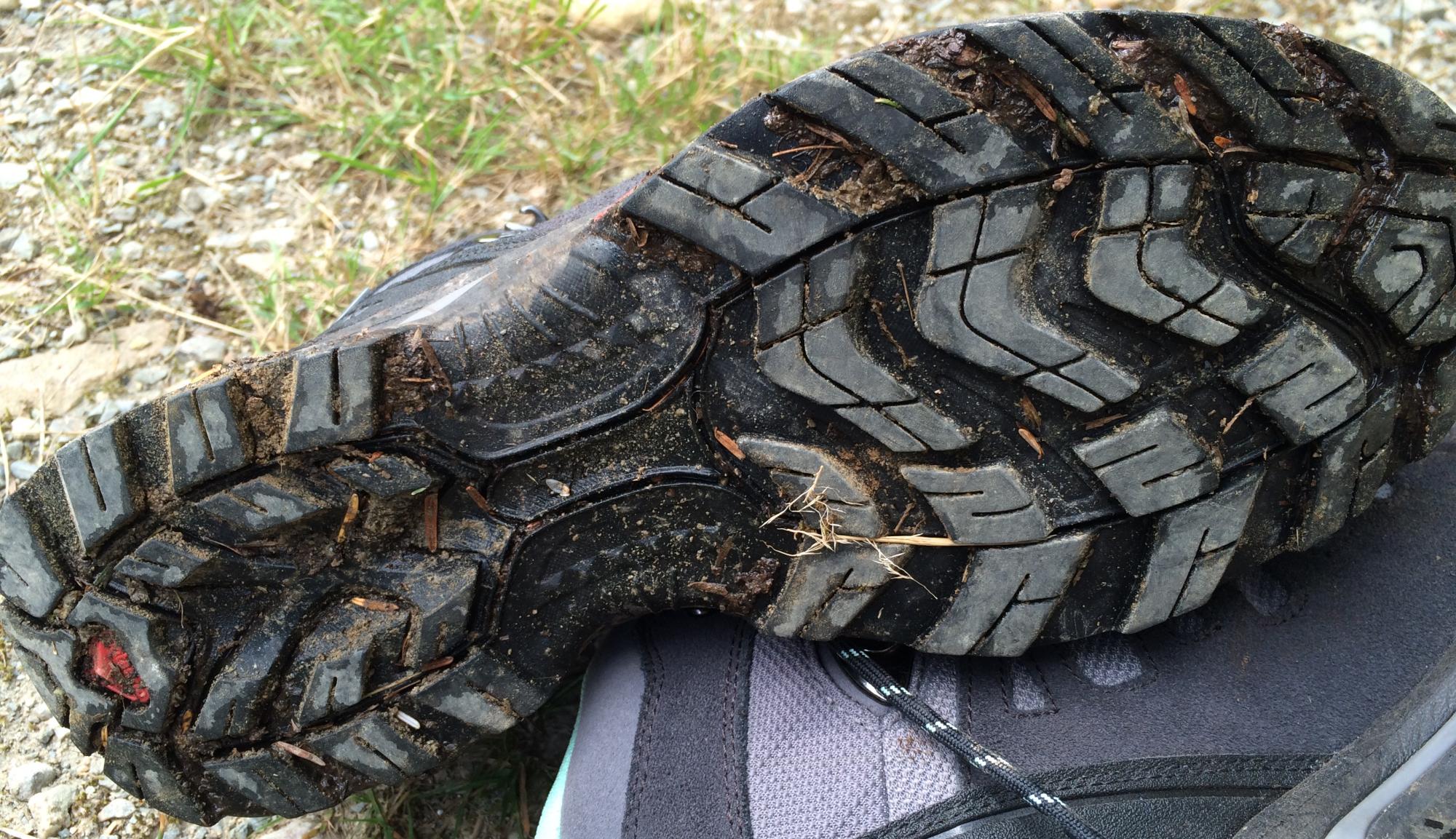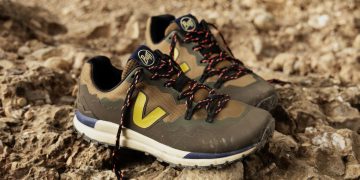Introduction
When embarking on a trail adventure, there’s one piece of gear that could either make or break your experience: your shoes. They are your first line of defense against the harshness of the elements, the uneven terrain, and the unpredictability of the wild. Whether you’re a seasoned hiker or a first-time explorer, the right pair of shoes can elevate your experience, while the wrong ones can leave you limping, blisters in tow, and cursing the trail.
In this article, we will explore why shoes are so critical for hiking and trekking, what features to look for when selecting the perfect pair, and how your shoes affect everything from comfort to safety. Ultimately, we’ll help you understand why the investment in high-quality footwear is one of the smartest decisions you can make when preparing for your trail adventure.
The Crucial Role of Footwear in Trail Hiking
Why Footwear Matters
Trail hiking is more than just walking; it’s about navigating through unpredictable landscapes. From rocky outcrops and steep inclines to muddy patches and river crossings, every part of the journey requires a specialized response from your feet. Hiking shoes, boots, and trail runners are designed to adapt to these demands and provide protection against environmental hazards.
In fact, poor footwear can lead to a cascade of issues that affect your entire trail experience:
- Discomfort: Long hikes with shoes that don’t fit properly or don’t offer sufficient support will result in pain that diminishes your enjoyment of the trail.
- Injury: Lack of ankle support, unstable soles, or inadequate grip can increase the risk of slipping or twisting an ankle.
- Fatigue: Footwear that doesn’t distribute weight properly or provide sufficient cushioning can lead to early fatigue, cutting your adventure short.
- Blisters and Hot Spots: Ill-fitting shoes with poor seam placement or tight areas can lead to blisters and chafing.
So, how do you avoid these pitfalls and ensure your shoes enhance your trail experience? It starts with understanding the specific features of hiking footwear that can handle the unique demands of trail environments.
Key Features to Look For in Trail Shoes
1. Support and Cushioning
The primary role of trail footwear is to protect your feet. Good support is crucial for reducing fatigue and preventing injury. Look for shoes that provide the following:
- Arch Support: Proper arch support helps distribute weight evenly across your feet, which is especially important on long hikes where repetitive pressure can cause strain.
- Cushioning: Look for shoes with adequate cushioning in the midsole. This helps absorb impact from rocky terrain and long descents, which can wear on your knees and lower back.
- Heel and Ankle Support: For rougher trails or mountainous terrain, boots with higher cuffs will provide additional support to your ankles and prevent twisting.
2. Traction and Grip
Traction is one of the most important features of any hiking shoe. Whether you’re walking on loose gravel, muddy paths, or wet rocks, a good pair of trail shoes should keep you stable and upright. Here are key features to look for:

- Outsole Design: A well-designed, multi-directional tread pattern increases grip and traction. For rocky or uneven trails, look for shoes with deep lugs that can sink into the ground.
- Rubber Composition: High-quality rubber outsoles provide superior grip, and some brands use specialized compounds that perform better in wet or slippery conditions.
3. Water Resistance and Breathability
There’s a fine balance between water resistance and breathability. If you’re hiking in areas with frequent water crossings or unpredictable rain, consider waterproof shoes or boots. These keep your feet dry, preventing discomfort and blisters. However, excessive moisture trapped inside shoes can lead to soggy feet, so breathable materials are key. Many modern hiking shoes use a combination of waterproof membranes (like Gore-Tex) and mesh uppers that allow moisture to escape while keeping water out.
4. Durability and Material
Trail footwear needs to be durable to withstand the rough conditions encountered on the trail. Look for shoes made from high-quality materials such as:
- Leather: Offers durability and protection but can be heavier and less breathable.
- Synthetic Materials: Lighter and more breathable but still durable, and they dry faster than leather.
- Mesh Panels: Often incorporated in shoes for breathability, especially in lighter trail running shoes or in shoes designed for summer hikes.
5. Fit and Comfort
Fit is paramount. A poorly fitted shoe can ruin a trail experience faster than anything else. Look for shoes with the following characteristics:
- Proper Sizing: Ensure there is enough room in the toe box to wiggle your toes and that the heel fits snugly without slipping.
- No Pinching or Tightness: Tightness around the arch or the toes can cause discomfort over time, leading to blisters and foot fatigue.
- Adjustable Lacing Systems: Many trail shoes come with innovative lacing systems, such as quick laces or secure lace locks, that can help you adjust the shoe for the perfect fit.
6. Weight
The weight of your shoes can affect how fast and far you can go. Trail shoes are typically lighter than hiking boots, offering greater agility and less fatigue over longer distances. However, some boots are still necessary for particularly rugged terrain, providing more support and durability at the cost of weight. Consider the weight of your shoes in relation to the type of trail you’ll be tackling.
Choosing the Right Footwear for Your Trail Type
Every trail is different, and so are the shoes designed for them. Whether you’re heading to a gentle nature walk, tackling a high-altitude mountain trek, or going off the beaten path, there’s a shoe type that suits your adventure.
Trail Running Shoes
For those who prioritize speed and agility on less rugged trails, trail running shoes are the perfect match. These lightweight shoes offer plenty of flexibility, moderate grip, and a breathable design for warmer weather. They excel on smoother trails with minimal technical terrain.
Pros:
- Lightweight and fast
- Comfortable for long distances
- Excellent ventilation for hot conditions
Cons:
- Less ankle support
- Limited protection on rocky terrain
Hiking Shoes
These versatile shoes offer the perfect balance between comfort and durability. Hiking shoes are designed to withstand moderate rough terrain and offer a more structured fit than trail runners. They’re ideal for forest trails, moderate hills, and variable conditions.
Pros:
- Lightweight yet supportive
- Comfortable cushioning for long days
- Versatile enough for most trail conditions
Cons:
- Less rugged than boots on steep or rocky terrain
Hiking Boots
When tackling mountainous terrain, rugged trails, or multi-day treks, hiking boots are your best bet. These provide robust ankle support, superior durability, and excellent grip on challenging surfaces. Hiking boots are designed for serious hikers who need full protection against rocks, water, and uneven ground.
Pros:
- Excellent support and protection
- Durability in harsh conditions
- Better for carrying heavy loads
Cons:
- Heavier than shoes
- Less breathable in warmer conditions

Approach Shoes
If you’re planning on a combination of hiking and climbing, approach shoes are designed for just that. They have the flexibility of trail shoes but are built with the rigidity needed for light scrambling or rock climbing. They’re typically low-profile with a sticky rubber sole for climbing.
Pros:
- Great for both hiking and climbing
- Grippy soles for tackling rocks
- Flexible enough for both activities
Cons:
- Limited ankle support
- Not ideal for prolonged hikes on flat terrain
How Poor Footwear Affects Your Experience
It’s not just about comfort. The wrong shoes can quickly derail your trip, causing everything from physical pain to safety hazards. Consider the following:
Risk of Injury
Wearing shoes that don’t provide proper ankle support or grip increases the risk of slips and falls, especially on wet or unstable surfaces. A twisted ankle or fall could ruin not just your hike but also your overall enjoyment of nature.
Increased Fatigue
Shoes without adequate cushioning or arch support lead to rapid fatigue. When your feet aren’t supported properly, they work harder to compensate, which in turn tires out the rest of your body.
Limited Exploration
Shoes that are too restrictive or uncomfortable can limit your mobility. You’ll be constantly adjusting your footwear, which can keep you from fully enjoying the trail, especially if you’re on a multi-day hike where every step counts.
Caring for Your Trail Footwear
Once you’ve invested in the right pair of shoes, taking care of them is essential to extend their lifespan and maintain their performance.
- Cleaning: Remove dirt and debris after each hike. Wash shoes according to the manufacturer’s instructions, and never put them in the dryer.
- Drying: If your shoes get wet, stuff them with newspaper or a towel to absorb moisture and allow them to air dry.
- Replacing Insoles: If the insoles lose their cushioning, replace them with new ones that offer better support for long-distance hikes.
- Shoe Care Products: Waterproofing sprays and cleaners can help maintain the water resistance and overall condition of your shoes.
Conclusion
Your shoes are more than just a piece of gear; they are the foundation of your trail experience. With the right footwear, you can enjoy comfort, safety, and enhanced performance on your hike. Whether you opt for trail running shoes, hiking boots, or something in between, always prioritize fit, comfort, and function. The right pair of shoes can help you conquer any trail, making your outdoor adventures more enjoyable, safe, and unforgettable.























